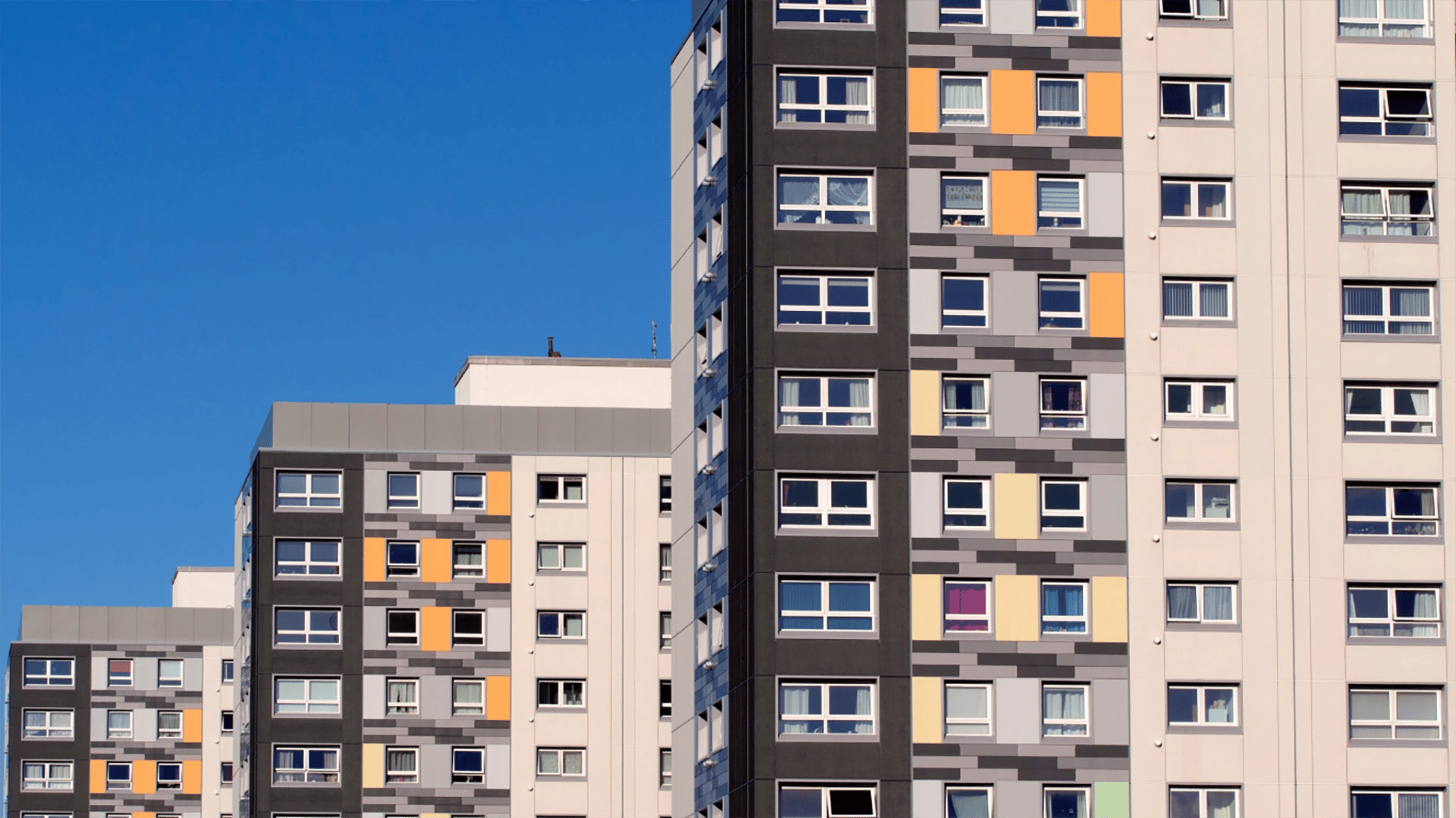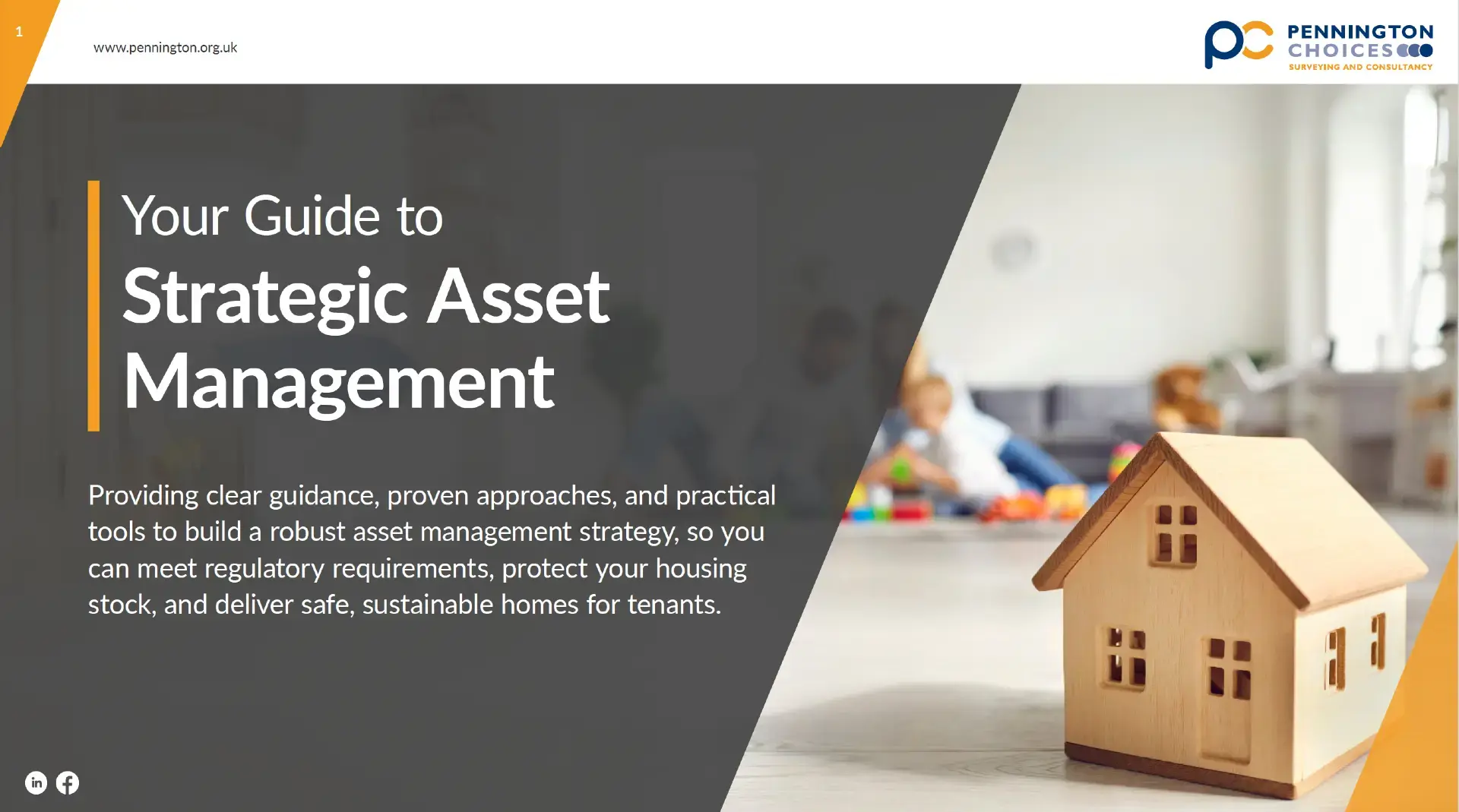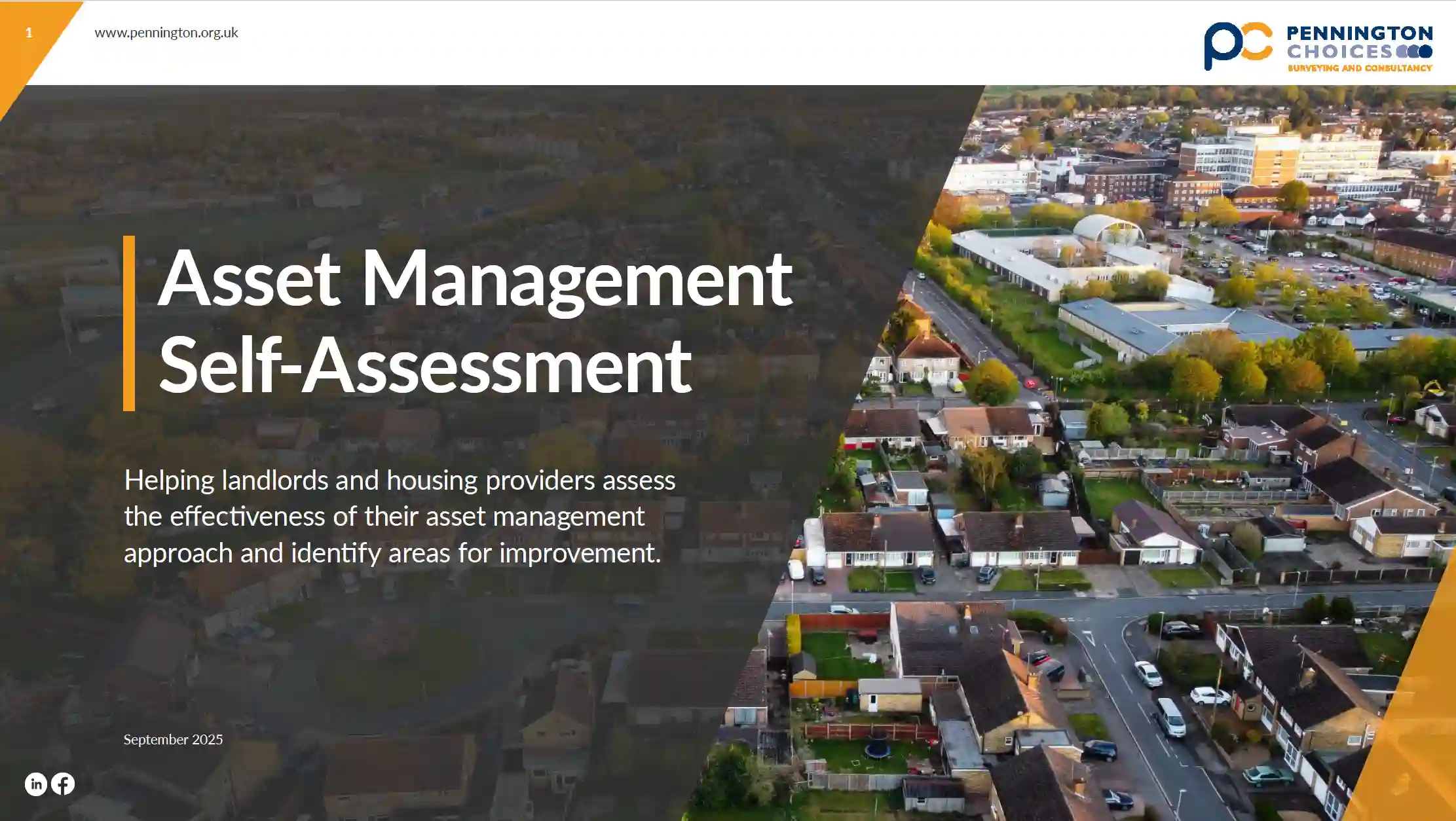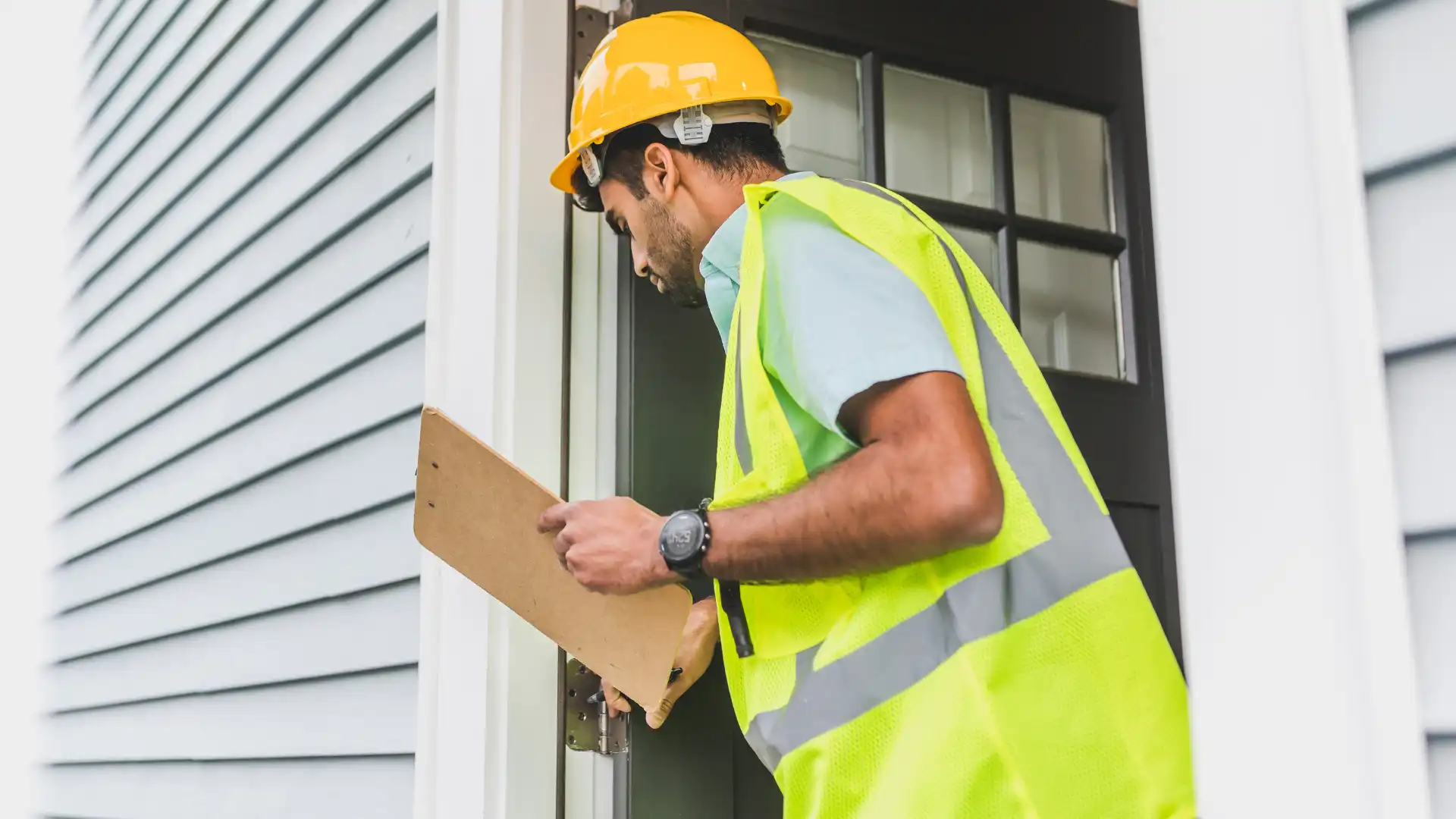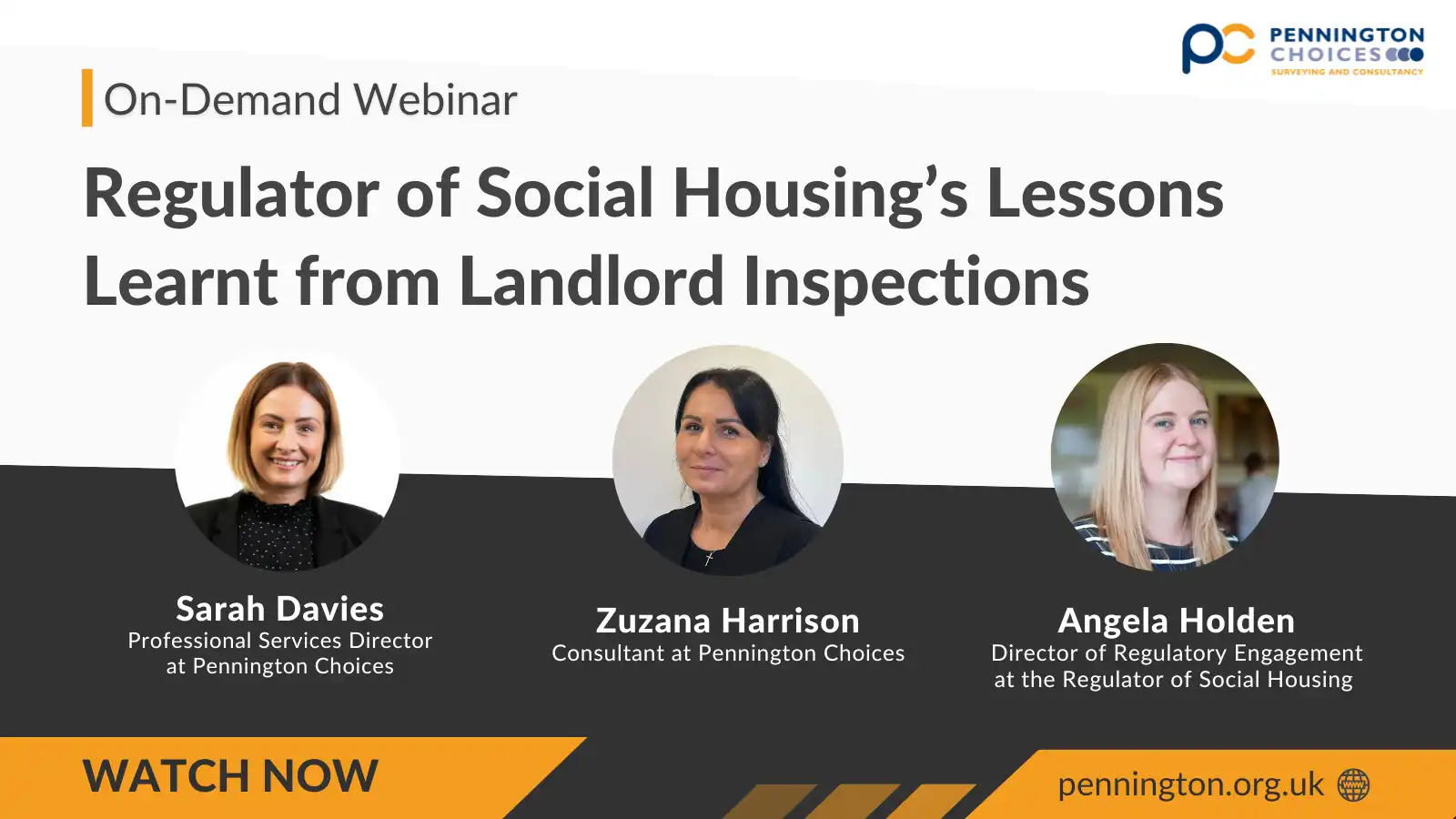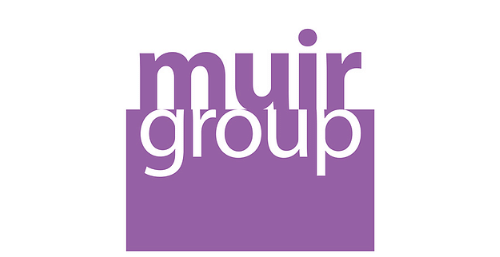




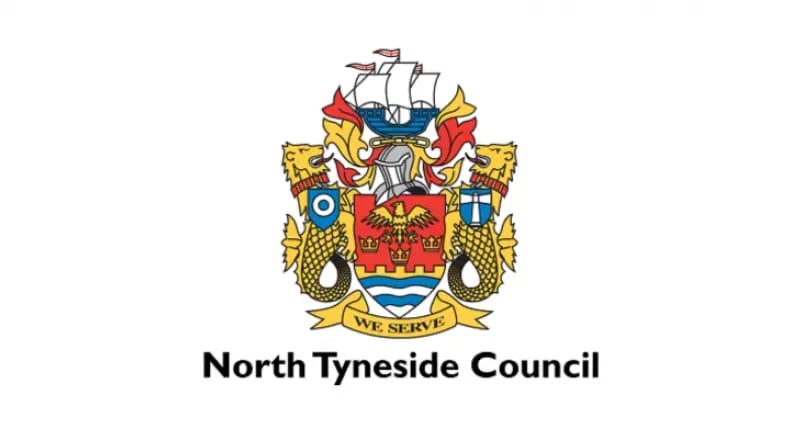
.webp?width=150&height=150&name=home-group-logo%20(1).webp)
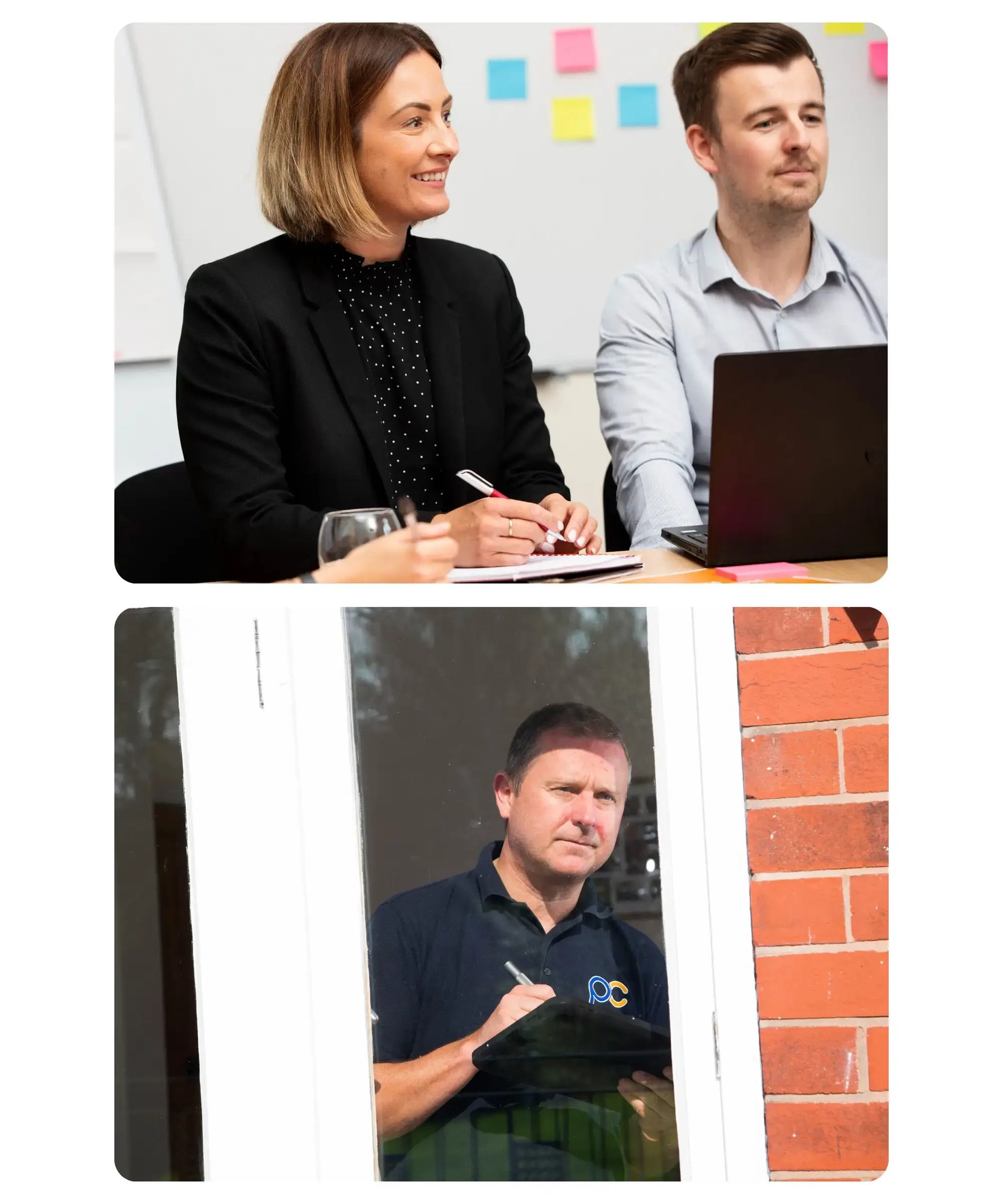
 Why a Robust Asset Management Strategy Matters
Why a Robust Asset Management Strategy Matters
At the foundation of your asset management strategy is the ability to manage housing assets efficiently, responsibly, and sustainably, ensuring they deliver value over the long term. A robust strategy should cover all key areas from energy and carbon performance to building and fire safety.
Your asset management strategy will:
- Enhance the performance and longevity of your assets
- Identify potential risks and help create mitigation strategies
- Improve your organisation’s ability to anticipate and manage future asset-related challenges
- Reduce the risk of unforeseen costs, delays, or asset failures
- Build greater confidence with key stakeholders, board members, and regulatory bodies, ensuring continued support for your asset management initiatives
With the upcoming changes to the Decent Homes Standard, HHSRS, and Awaab's Law, housing providers will face increased pressure to improve stock condition data, invest in decarbonisation, and respond faster to resident feedback. This calls for stronger data analytics, better systems, cross-team collaboration, and reprioritisation of capital investment plans.
At Pennington Choices, we can support you in building and delivering a robust asset management strategy that strengthens compliance, reduces risk, and delivers long-term value.

 Developing your
Developing your
Building Safety Case Report
Our three-stage approach
Stage 1: You and key members of your team will meet and work in collaboration with our experts to fully understand your requirements and set out the full project delivery plan in a terms of reference document.
Stage 2: We will review key documents and data that you have gathered about your building(s), and ask you questions about how you manage your building(s).
Stage 3: The information gathered throughout the process will be collated to help you produce a safety case report for each building.
We can support you with...
• Developing building safety case reports• Development of a mandatory occurrence report procedure and process map
• Development of resident engagement strategies
• Undertaking building safety case report reviews
• Facilitating HAZID risk assessment workshops
• Development of a safety management system document
• Delivering building safety training
• Undertaking a building safety gap analysis




